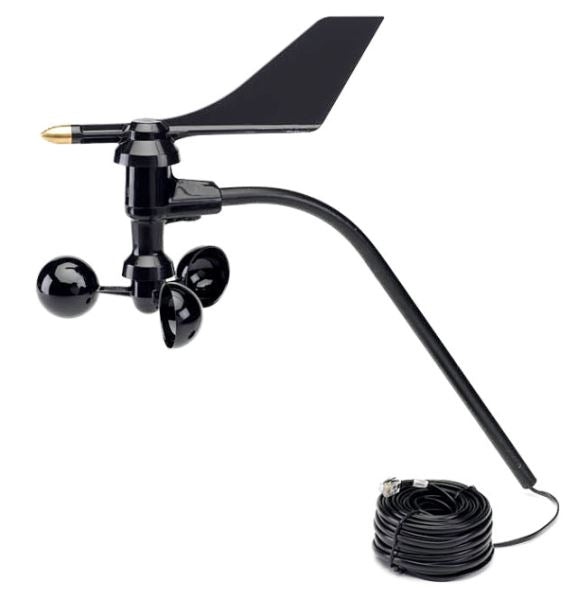Comparing Digital and Mechanical Anemometers: Which is Right for You?
Comparing Digital and Mechanical Anemometers: Which is Right for You?
Blog Article
All You Required to Know Concerning Anemometers: Just How They Work, Why They Issue, and Where to Make use of Them
Anemometers, however usually overlooked in the world of clinical tools, play a vital function in different areas, using important insights right into wind rate and air flow patterns. Comprehending the auto mechanics behind these tools is crucial for any individual looking for to harness the power of this data. From meteorologists tracking weather patterns to engineers creating frameworks with wind tons in mind, the applications of anemometers are diverse and far-ranging. As we delve right into the complexities of anemometer modern technology, we will certainly uncover the inner workings of these gadgets, their significance, and the key considerations when selecting the best anemometer for details applications.

Anemometer Fundamentals
A vital instrument utilized to gauge wind speed and direction, the anemometer plays an important duty in weather forecasting and numerous industries. An anemometer commonly consists of three or four cups that rotate in the wind, a vane that aims right into the wind, and sensors to track the rotations or movements.
There are different kinds of anemometers available, including mug anemometers, vane anemometers, hot-wire anemometers, and sonic anemometers, each with its distinct functions and applications. Mug anemometers are frequently used for fundamental wind rate dimensions, while vane anemometers are preferred for directional measurements.
Concepts of Anemometer Procedure
Structure on the foundational understanding of anemometer fundamentals, the concepts of anemometer operation elucidate the mechanics behind wind rate and instructions dimensions. Cup anemometers, for circumstances, have three or even more cups that catch the wind, triggering them to spin much faster as the wind rate rises. Hot-wire anemometers depend on a heated cable that cools down as wind passes over it, with the price of cooling identifying the wind rate.
Importance of Anemometers
Anemometers play a critical duty in measuring wind speed and direction, providing important data for weather forecasting, climate research studies, environmental monitoring, and aviation procedures. Meteorologists count on anemometers to collect accurate wind information, helping them understand weather patterns, forecast storms, and concern prompt warnings to the public. Wind farm drivers utilize anemometers to useful source assess wind conditions and make best use of power production from wind turbines.
Applications Throughout Various Industries
In the eco-friendly energy market, anemometers play an important duty in examining wind problems for wind ranch positionings, making certain optimal power production. Industries like building and construction and mining utilize anemometers to keep track of wind speeds, critical for safety and security protocols, especially when functioning at heights or in open-pit mines where solid winds can posture risks. In agriculture, anemometers help farmers in handling plant spraying by supplying real-time data on wind rate to prevent drift.

Selecting the Right Anemometer for Your Requirements
Picking the proper anemometer tailored to your details needs is vital for getting exact wind speed and direction dimensions. When choosing an anemometer, take into consideration elements such as the intended application, needed measurement array, ecological problems, and preferred functions. For general objectives, a mug anemometer appropriates for determining wind rate, while a vane anemometer gives wind instructions information. Hot-wire anemometers are optimal for reduced airspeed dimensions, and ultrasonic anemometers offer high precision and sturdiness.

Conclusion
In verdict, anemometers play a crucial duty in gauging wind rate and direction across different markets. It is important to take into consideration the value of anemometers in order to make educated decisions when selecting the most browse this site ideal device for determining wind problems.
There are numerous kinds of anemometers offered, including mug anemometers, vane anemometers, hot-wire anemometers, and sonic anemometers, each with its unique features and applications. Mug anemometers are typically used for basic wind rate measurements, while vane anemometers are liked for directional dimensions. Hot-wire anemometers are appropriate for reduced airspeeds, and sonic anemometers are excellent for high-precision measurements in research study and commercial settings.Structure on the fundamental understanding of anemometer fundamentals, the concepts of anemometer procedure clarify the mechanics behind wind speed and instructions measurements. For general purposes, a cup anemometer is appropriate for determining wind rate, while a vane anemometer provides wind instructions data.
Report this page